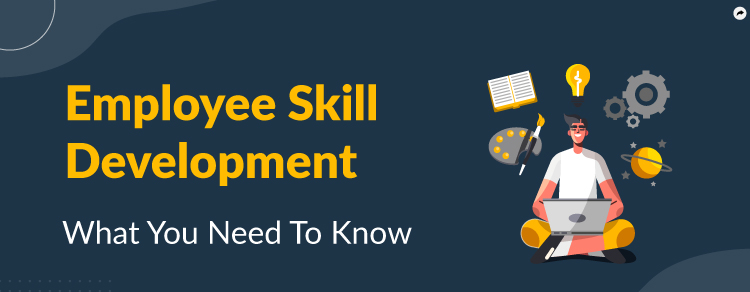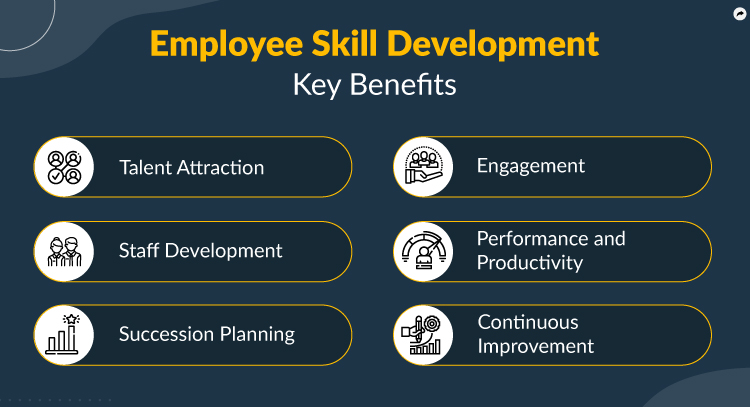
Employee skill development helps workers meet organizational standards, cuts down replacement costs and improves workplace performance. That’s why more leaders focus on upskilling their team with advanced learning tools.
Companies that don’t provide enough growth opportunities risk lower engagement, higher difficulty maintaining a talented staff and the possibility of losing top performers. To shed light on this issue, let’s look at why skills are important, how to determine the information workers need and how organizations can cultivate a culture of improvement.

1. Talent Attraction
Driven, successful people want learning opportunities. The LinkedIn Workplace Learning Report 2021 found that upskilling and reskilling are the top priority for L&D programs globally. It’s not just a good practice to keep employees engaged – it’s essential to creating a positive workplace environment.
2. Staff Development
Employees have their own career goals and are always looking for ways to reach their full potential. If their current workplace doesn’t have sufficient programs, they’ll look for one that does. Skill development reduces the risk of losing employees due to a lack of opportunities and equips them to take up new roles and responsibilities with added capabilities.
3. Succession Planning
Investing in workers today means creating managers for tomorrow. Without strong leadership, teams fall apart. That’s why you need a succession plan. By investing in personal and professional growth — coupled with the use of talent management software to automate the process — you can identify and promote candidates who add the most to a company.
4. Engagement
Career growth keeps people motivated. Your staff is much more likely to improve with a clear plan and well-defined goals. Training & Development (T&D) practices allow businesses to compete, innovate, produce, improve service and reach objectives.
5. Performance and Productivity
Talent is the greatest asset of any organization, so you need to protect and invest in them like any other resource. Training opportunities contribute to better employee retention and overall increases in productivity.
6. Continuous Improvement
Incorporating workshops, industry-specific conferences and learning materials about new developments can all be effective tools in ensuring your workforce is ahead of the curve in your industry. You don’t want to play catch-up with the competition.
